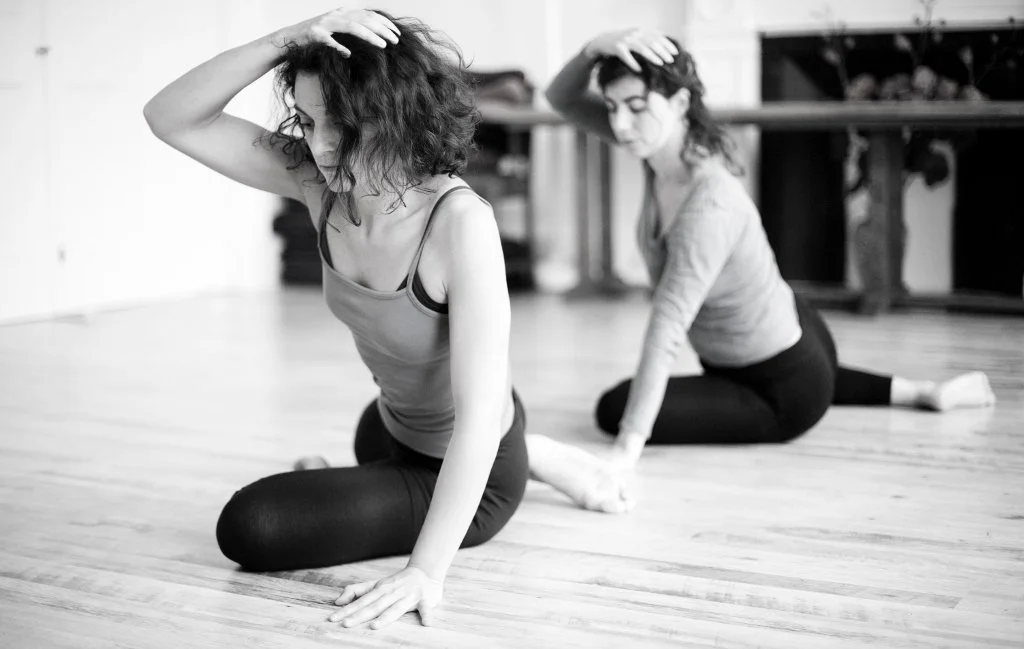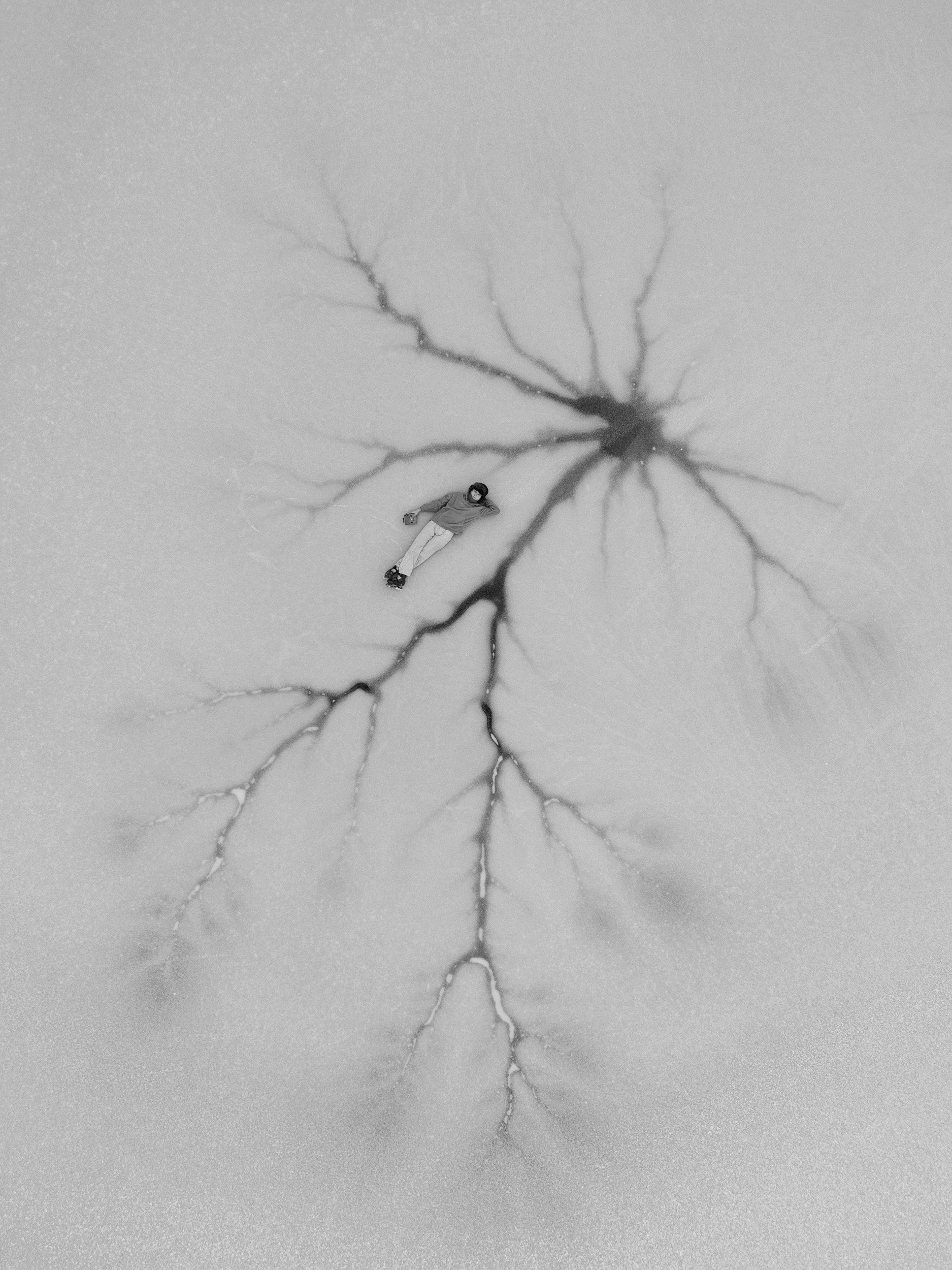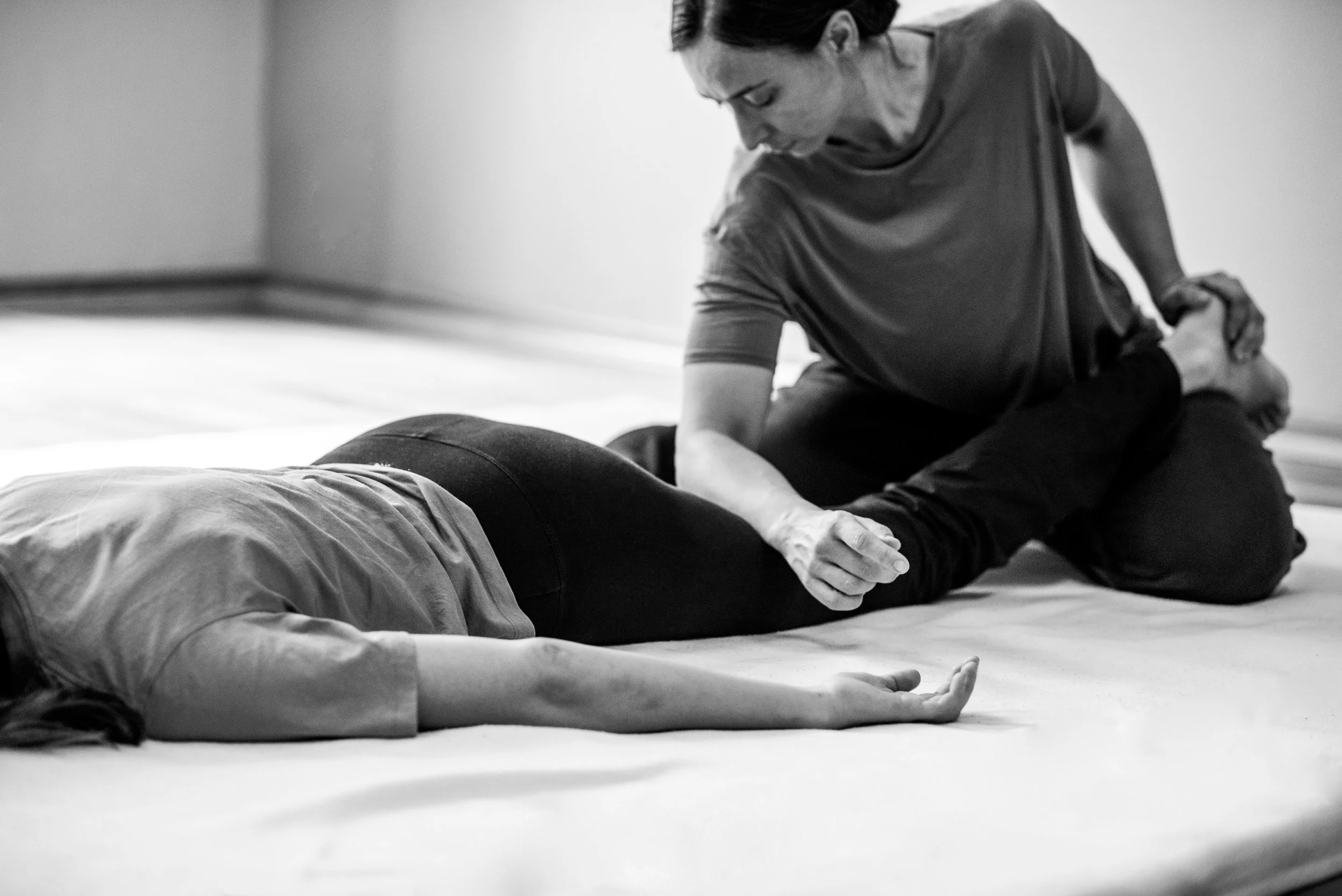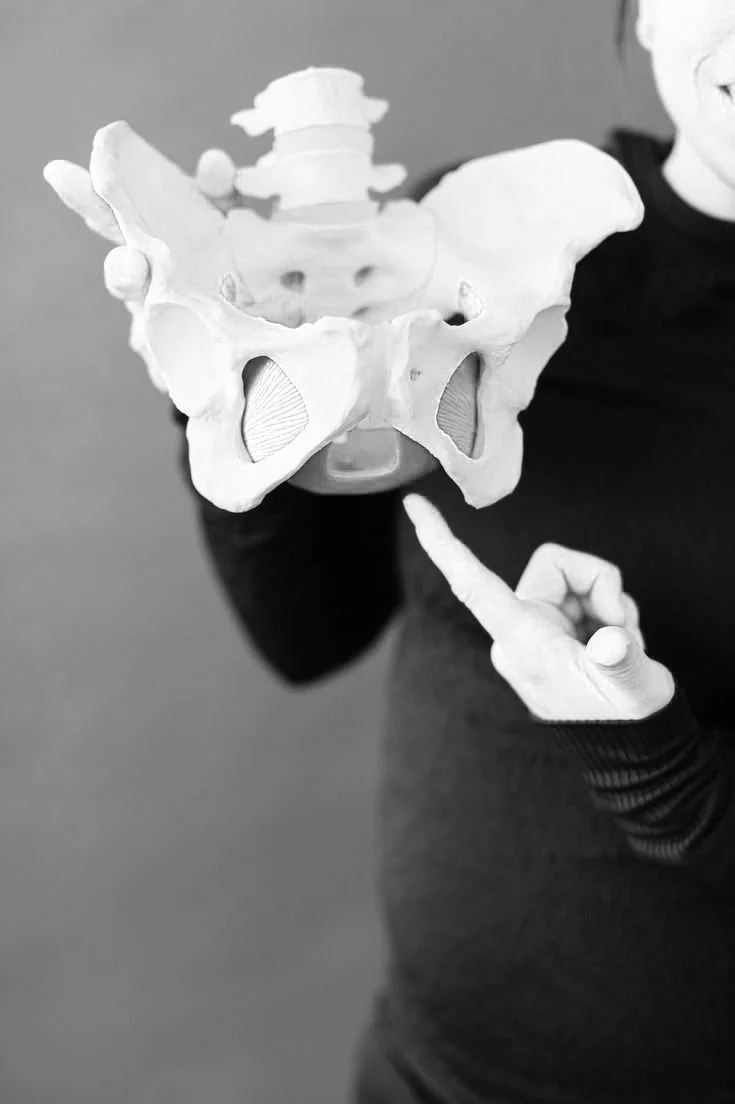
The Feldenkrais Method: A Somatic Path to Self-Awareness and Freedom
The Feldenkrais Method is a somatic education system developed over more than 40 years by Dr. Moshe Feldenkrais(1904–1984), a pioneer whose work bridged science, movement, and self-development. At its core, the method offers a revolutionary approach to understanding and improving human functioning—not through force or correction, but through awareness and learning.
Its primary aim is to develop and refine self-awareness by engaging all aspects of our being—physical, emotional, cognitive, and sensory—in a unified, integrated way. Through this process, we begin to recognize and transform habitual patterns of movement, thinking, sensing, and perceiving. This opens the door to greater physical ease, emotional resilience, mental clarity, and a deeper sense of well-being.
The Origins: A Personal Search for Healing and Learning
Moshe Feldenkrais brought a rare combination of skills and curiosity to his work. Trained as a physicist and engineer, and a black belt in judo, he approached human movement with the analytical mind of a scientist and the experiential understanding of a martial artist. After suffering a severe knee injury and facing surgery with uncertain outcomes, he set out on a deep, cross-disciplinary investigation—drawing from anatomy, neurology, psychology, biomechanics, and Eastern practices—to find an alternative path to healing.
From this inquiry emerged a neuro-somatic method that helps people regain function, confidence, and autonomy—often in ways they didn’t know were possible.
Learning Through Sensory Experience
The entry door into the universe of the Self is a kinaesthetic -experiential- one. We train our attention to track sensations, exploring elements of coordination, timing, direction, orientation, connection between different parts of the body and the relationship with the ground. An important part of the process is done by actively involving our imagination and visualisation capacity. Inviting emotions and thoughts to the experiential ground we start to understand ourselves better, to treat ourselves and others with kindness and joyful curiosity. Eventually this leads to an improved relationship with ourselves, and, how my teacher Alan Questel always sais: “who doesn’t want to like themselves more?!”
An Instrument of Freedom and Adaptability
The Feldenkrais Method is more than a technique for physical improvement—it is an instrument of freedom. It allows people to step out of rigid habits and explore new possibilities for action, perception, and self-expression. By fostering awareness of our internal landscape and how we respond to the external world, the method empowers us to make conscious choices about how we move, feel, think, and live.
As the name suggests, the method is not static. It is a lifelong process of evolution and development, continually expanding the boundaries of what we can sense, imagine, and become.
Core Principles of the Feldenkrais Method
The practice of Feldenkrais is grounded in a number of key learning principles:
Learning as a sensory process
Learning is based on direct sensory and kinaesthetic experience, rather than imposed correction. We learn by noticing how we interact with our environment and how we respond to it.Posture as dynamic equilibrium
Rather than aiming for a fixed or ideal posture, the method develops the capacity to maintain balance and adapt—especially in response to unexpected or challenging situations.Exploratory vs. performative movement
The emphasis is on exploring movements rather than performing them. This allows us to make finer distinctions in how we move and opens the door to discovering unfamiliar—and often more efficient—ways of acting.Whole vs. part learning
Movements are examined both in parts and as integrated wholes. By breaking down complex actions into manageable components, we gain a clearer understanding of the whole.Repetition with variation
Instead of drilling movements through rote repetition, the method uses novelty and variation to stimulate learning, increase flexibility, and broaden the range of available choices.In sum, the Feldenkrais Method is not just about moving better—it’s about living with more freedom, awareness, and presence. Whether you're seeking to heal, to grow, or to excel, this method offers tools to support you in becoming more fully yourself.
Two ways of learning
-
Awareness Through Movement
Awareness Through Movement (ATM) lessons, a core component of the Feldenkrais Method, offer a unique and mindful approach to learning through movement. In these lessons, you are guided verbally—without visual demonstrations—through carefully structured sequences of gentle, often unconventional movements. These explorations typically take place lying on the floor, sitting on a chair, or standing, allowing for a wide variety of postures and experiences.
The movements are designed to be accessible and are intentionally performed within your comfort zone. Instead of pushing through effort or strain, the focus is on cultivating awareness, curiosity, and efficiency. The goal is not to imitate a perfect form, but to sense how you move, experiment with new patterns, and gradually refine your coordination and ease. Through this process, both the range and quality of your movement can improve significantly.
ATM lessons draw from an extraordinarily diverse repertoire and they consistently follow two foundational principles:
Moving with ease, not effort – The emphasis is on moving comfortably, encouraging an intelligent and adaptive use of your body. In doing so, you may find yourself expanding your physical capabilities by reorganizing how you move, rather than by pushing against your limitations.
Stay present and attentive – You’re encouraged to stay mentally engaged and aware of each movement. If your attention drifts or the action becomes mechanical, it’s a sign to pause.
-
Functional Integration
Personalized Somatic Learning
Functional Integration sessions are individualized lessons within the Feldenkrais Method, specifically designed to address your unique needs, abilities, and goals. These one-on-one sessions offer a highly personalized approach to movement education, using gentle, non-invasive touch to support greater awareness, ease, and integration.
Feldenkrais practitioners are trained to observe and sense subtle patterns of tension, resistance, and inefficiency in how you move, sit, stand, or breathe. These patterns often reflect deeper layers of experience—emotional, psychological, or physical—that have shaped your habitual ways of being.
Through attuned touch and carefully guided movement, the practitioner creates opportunities for your nervous system to notice these habits, explore new options, and discover more efficient and comfortable ways of acting. Rather than imposing corrections, Functional Integration invites curiosity and internal discovery, helping you become more aware of how small shifts can lead to profound changes in how you move and relate to yourself.
These lessons are as much about learning and awareness as they are about relief or recovery. As you become more attuned to your internal sensations and responses, you'll begin to sense new possibilities for action—more fluidity, more balance, more choice.

Moshe Feldenkrais
"Movement is life, improve the quality of movement and you improve the quality of life itself"
Join a lesson
FAQs
What to expect from Awareness Through Movement lessons
Through Awareness Through Movement lessons, participants can expect to experience greater mobility, pain relief, improved postural alignment, and an increased sense of fluidity and comfort in their bodies. Movements are approached with curiosity and attention, making the process accessible and effective for a wide range of people—regardless of age or physical condition.
A key focus of these lessons is on recognizing and transforming habitual movement patterns that may contribute to discomfort, inefficiency, or tension. By refining how different parts of the body interact and support one another, participants learn to move in a more integrated and harmonious way.
Beyond physical improvements, these lessons cultivate an enhanced ability to sense and adapt. You may find yourself better equipped to respond to everyday challenges with greater ease and resilience. As your awareness grows, you become more attuned not only to your physical self but also to your intentions and inner state, supporting a deeper connection between movement, thought, and emotion.
Ultimately, Awareness Through Movement is not just about moving better—it’s about living with more clarity, presence, and adaptability.
Who Can Benefit from Awareness Through Movement?
The lessons are accessible and adaptable, making them suitable for a wide range of individuals. Whether you're seeking relief, personal growth, or enhanced performance, this method offers a space for meaningful and lasting change.
You might be especially interested in these lessons if:
You suffer from chronic pain or discomfort
Whether it's persistent back pain, joint stiffness, or general tension, these gentle lessons can help reduce strain, promote healing, and support a more comfortable relationship with your body.
You’re facing physical or psychological limitations
If you're navigating injury recovery, mobility challenges, or emotional stress, this method can provide new options and resources—physically and mentally—to support your journey.
You want to move more freely and enjoyably in daily life
From walking and sitting to reaching or resting, everyday actions become more fluid and pleasurable as you discover new ways to organize your movement with less effort and greater awareness.
You’re looking for a supportive, non-judgmental learning space
These lessons offer a safe environment where curiosity and kindness replace pressure and performance. Learning happens at your own pace, with pleasure and discovery at the heart of the process.
You’re seeking to improve your skills or overcome performance plateaus
Artists, athletes, musicians, and professionals often find that ATM lessons help them refine technique, enhance presence, and break through blocks—by improving coordination, focus, and internal feedback.
You want to develop better strategies for learning or teaching
Educators, therapists, and movement professionals benefit from a deeper understanding of how learning happens in the body and brain. The method offers powerful tools for fostering awareness, adaptability, and creativity in both teaching and learning contexts.
Special Projects








